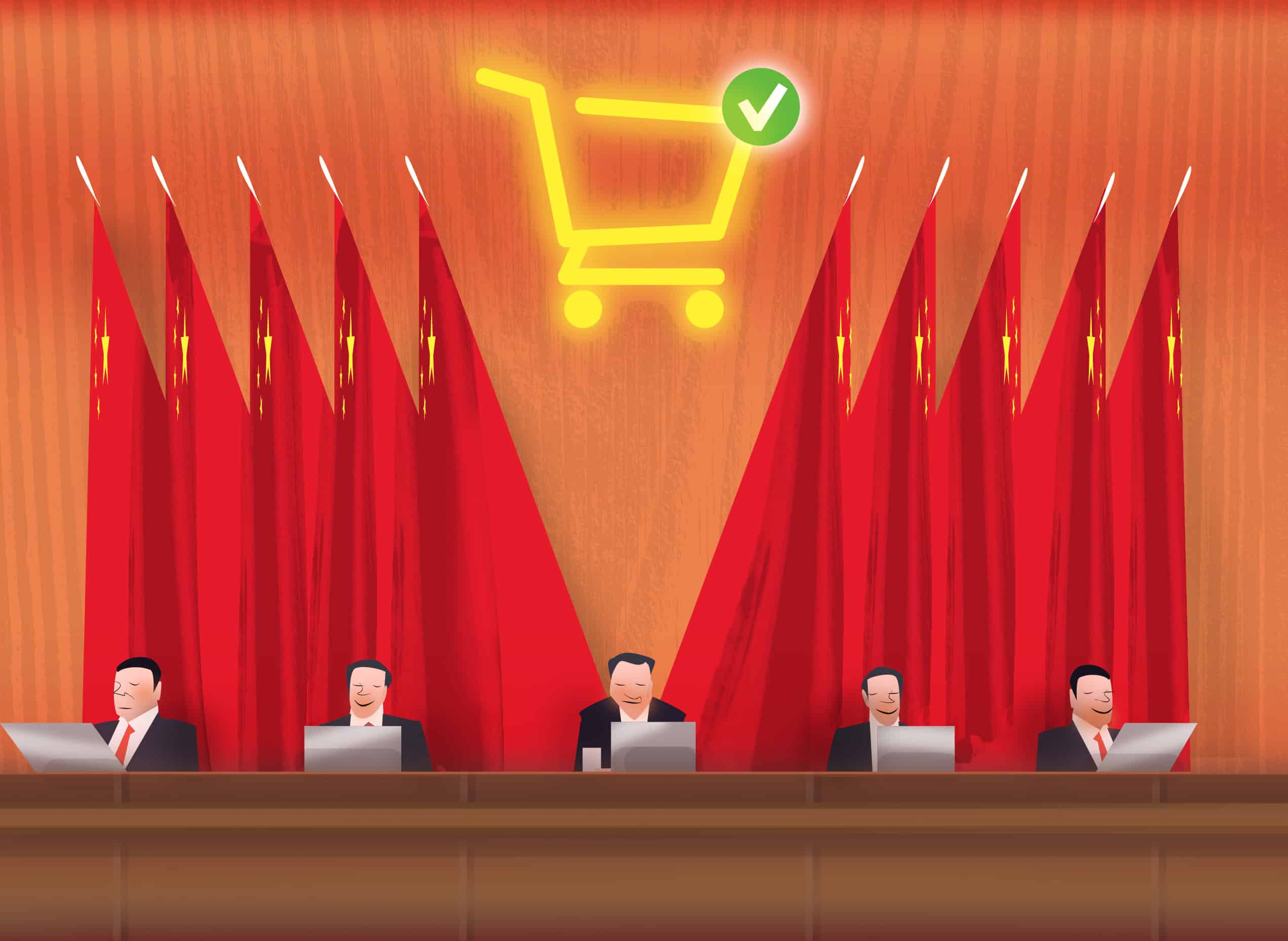Good evening. On Friday, just before Secretary of State Antony Blinken left for Beijing, a senior state department official made clear that the U.S. is trying to “de-risk” from China, not decouple. “If this was about decoupling, I doubt that China would be our third largest trading partner,” the official said in a call with reporters. “We’re not about trying to hold [China] back, economically … We actually have a stake in the Chinese economy. So we want to see China moving forward economically, but it matters how they do it.”
Like always, we’ll be watching this angle of U.S.-China relations closely in the wake of Blinken’s trip, but much of our issue this week takes stock of one of the biggest moves forward in China’s economy: its automotive industry. Our cover story this week takes a close look at BYD, the dark horse of the electric vehicle industry, and where it goes from here. Elsewhere, we have infographics on EV investments in the U.S. and China; an interview with Philippe Le Corre on Europe’s role between the U.S. and China; a reported piece on China’s business ties with the Middle East, including a huge EV joint venture; and an op-ed about ASEAN’s tricky position. If you’re not already a paid subscriber to The Wire, please sign up here.
Want this emailed directly to your inbox? Sign up to receive our free newsletter.

BYD’s Big Moment
BYD’s blink-and-you-miss-it expansion in the last three years has blindsided just about everyone. Today it is the world’s largest producer of electric vehicles, the second largest producer of EV batteries, and China’s best selling car brand, displacing Volkswagen, which had held that title for at least 15 years. How did BYD become such a dominant force in the EV industry? And, perhaps more importantly, can it stay that way?
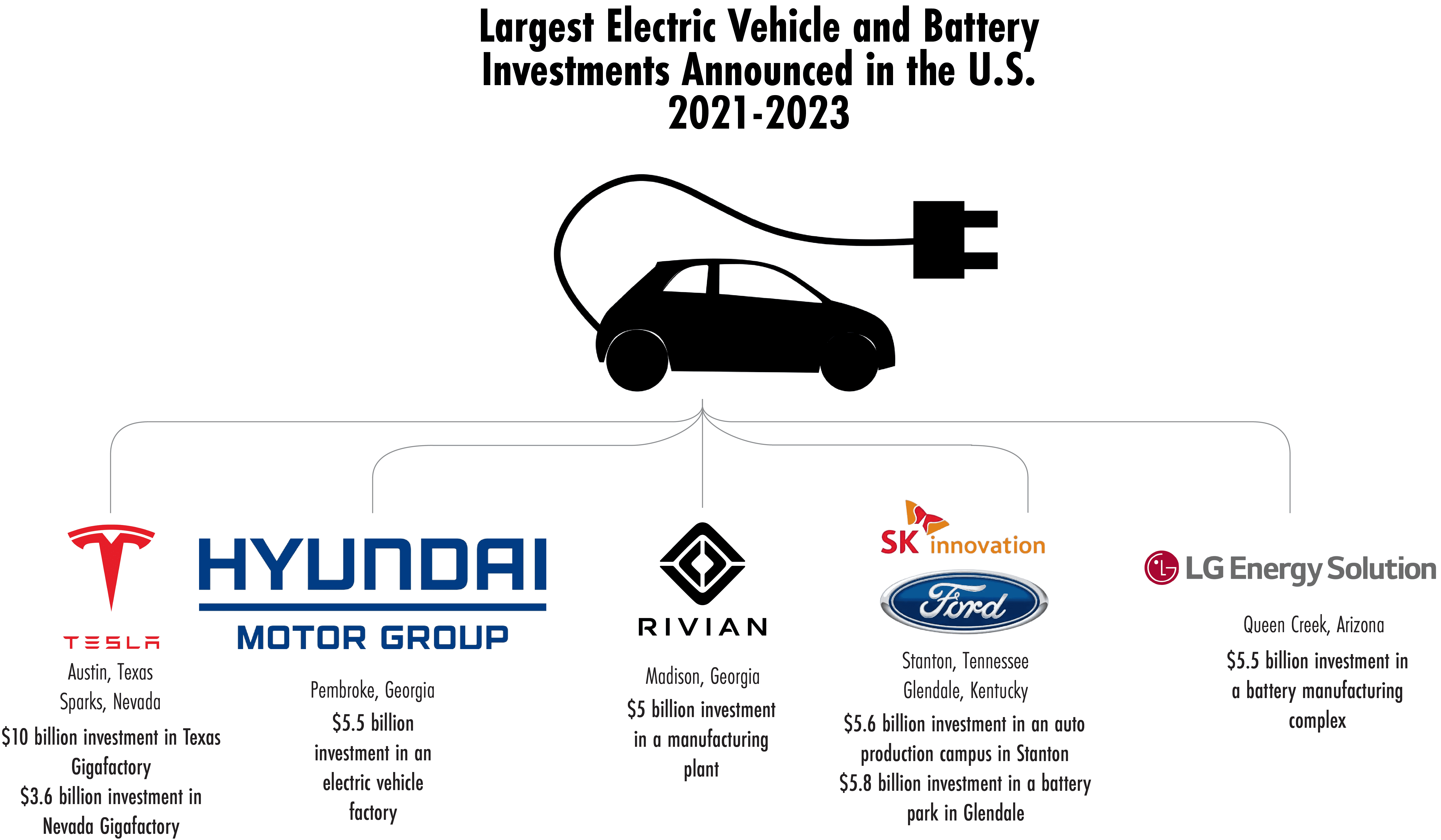
The Big Picture: High Power Investment
China and the U.S. are both seeing high levels of private investment in electric vehicles, but is public infrastructure development keeping pace? This week’s infographics by Aaron Mc Nicholas look at the largest investments private companies have announced in recent years as well as public infrastructure in this competitive area.
A Q&A with Philippe Le Corre
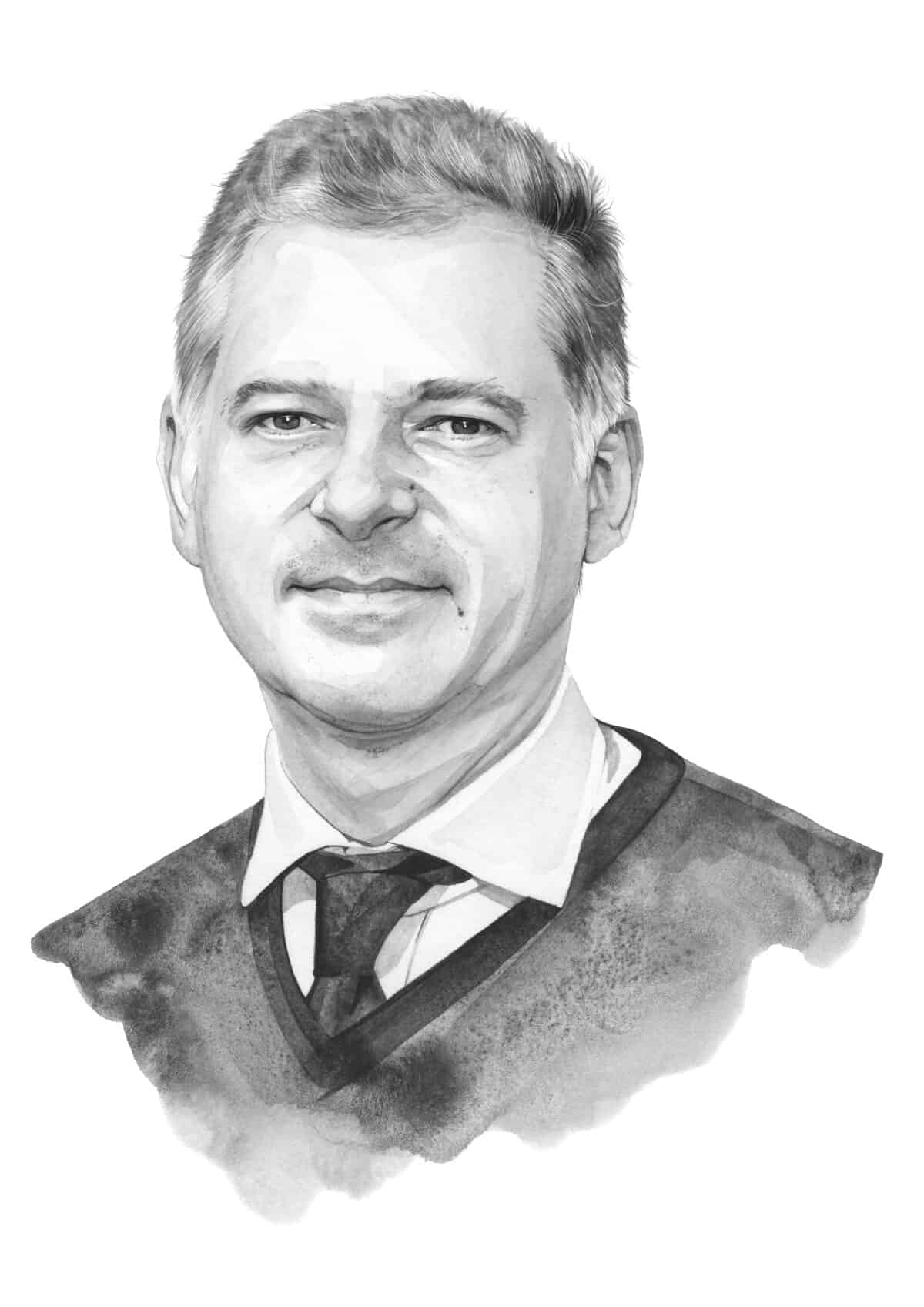
Philippe Le Corre’s career has spanned government (as an advisor to the French government), media (as a foreign correspondent), academia and business, but throughout it all, he has followed the rise of China and its relations with the U.S. and Europe. These days he is a Senior Fellow at the Asia Society Policy Institute’s Center for China Analysis and research fellow at Harvard University. In this week’s Q&A with Andrew Peaple, he talks about how the EU can pursue its own strategy towards China, what its approach to the Taiwan situation should be, and the state of China-watching in the U.S. and Europe.
Philippe Le Corre
Illustration by Kate Copeland
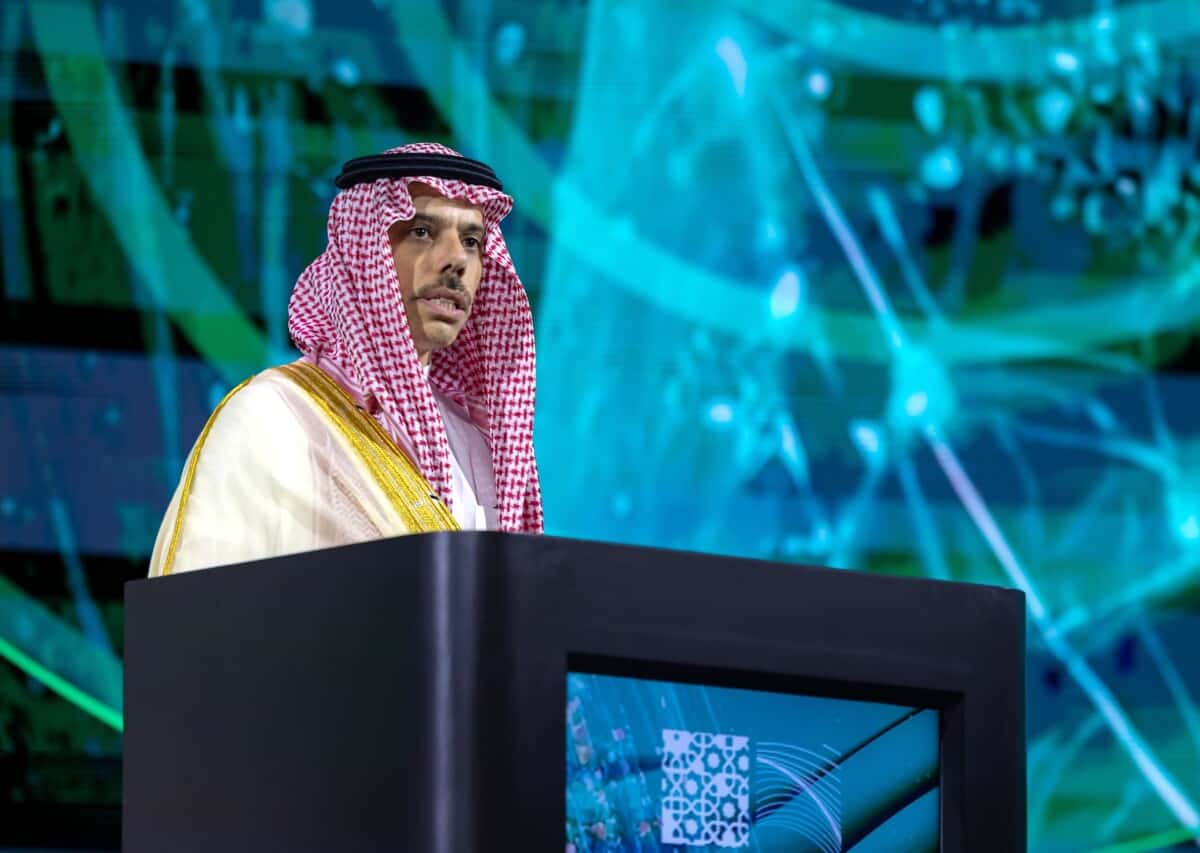
The Middle Way
At a major business conference held in Riyadh last week, some 30 new deals worth more than $10 billion were announced between Chinese firms and Middle East investors. The largest was a whopping $5.6 billion investment from the Saudi government to create a joint venture with Human Horizons, a Shanghai-based electric vehicle startup. As Grady McGregor reports this week, China’s business ties with the Middle East are getting ever closer, underpinning its growing diplomatic efforts in the region.
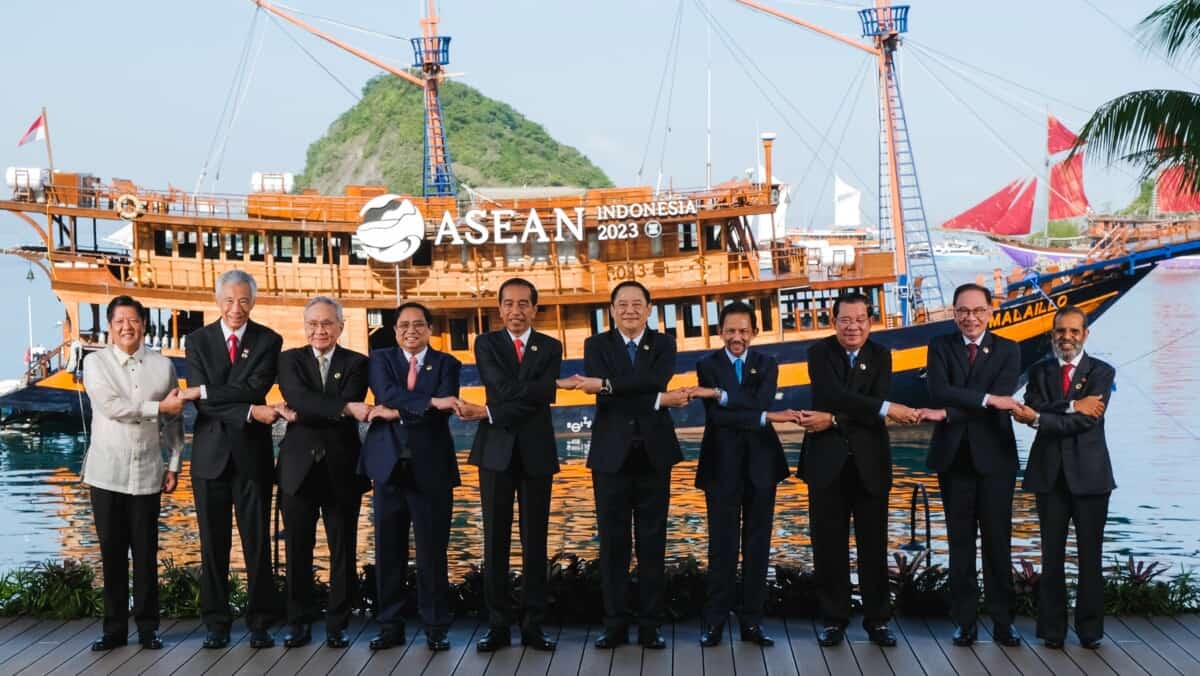
ASEAN Between the U.S. and China
For the member states of the Association of Southeast Asian Nations (ASEAN), decoupling from China is not an option, writes Lili Yan Ing in this week’s op-ed. Moreover, urging them to do so is short-sighted, she argues, because decoupling would undermine trade and economic development within the bloc, fueling political instability across the region.
Subscribe today for unlimited access, starting at only $19 a month.

